Ball Aerospace Small Satellite for NASA Arrives in Florida for Launch
Ball Aerospace is the principal investigator for NASA’s Green Propellant Infusion Mission
PR Newswire
BOULDER, Colo., May 20, 2019
BOULDER, Colo., May 20, 2019 /PRNewswire/ — The Ball Aerospace-built small spacecraft for NASA’s Green Propellant Infusion Mission (GPIM) arrived in Florida today to prepare for a June launch on board a SpaceX Falcon Heavy rocket. GPIM is NASA’s first opportunity to demonstrate a new “green” propellant and propulsion system in orbit – an alternative to conventional chemical propulsion systems.
Experience the interactive Multichannel News Release here: https://www.multivu.com/players/English/8441551-ball-aerospace-satellite-nasa-launch-gpim/
A sustainable and efficient approach to spaceflight, GPIM will demonstrate the practical capabilities of a Hydroxyl Ammonium Nitrate fuel and oxidizer blend, called AF-M315E. This innovative, low toxicity, “green” propellant was developed by the Air Force Research Laboratory. GPIM is part of NASA’s Technology Demonstration Missions program within the Space Technology Mission Directorate.
“GPIM was a truly collaborative effort, working with our partners – NASA, Aerojet Rocketdyne, Air Force Research Laboratory, U.S. Air Force and SpaceX,” said Dr. Makenzie Lystrup, vice president and general manager, Civil Space, Ball Aerospace. “We are proud to be part of this historic mission to test a new ‘green’ propellant on board Ball’s flight-proven small satellite, helping to provide science at any scale.”
Ball Aerospace is responsible for system engineering; flight thruster performance verification; ground and flight data review; spacecraft bus; assembly, integration and test; and launch and flight support. The GPIM bus uses the smallest of the Ball Configurable Platform (BCP) satellites, which is about the size of a mini refrigerator, and was built in just 46 days. The BCP provides standard payload interfaces and streamlined procedures, allowing rapid and affordable access to space with flight-proven performance.
“We have shown that Ball can provide small, fast and affordable solutions with excellent performance and now we’re excited to do that for NASA,” Lystrup said.
There are currently two BCP small satellites performing on orbit: STPSat-2, which launched in Nov. 2010, and STPSat-3, which launched in Nov. 2013. The two STP satellites were built for the U.S. Air Force Space Test Program’s Standard Interface Vehicle (STP-SIV) project. Ball also has two BCP small satellites in development for NASA’s Imaging X-Ray Polarimetry Explorer (IXPE) and Spectro Photometer for the History of the Universe, Epoch of Reionization and Ices Explorer (SPHEREx) missions.
Powered by endlessly curious people with an unwavering mission focus, Ball Aerospace pioneers discoveries that enable our customers to perform beyond expectation and protect what matters most. We create innovative space solutions, enable more accurate weather forecasts, drive insightful observations of our planet, deliver actionable data and intelligence, and ensure those who defend our freedom go forward bravely and return home safely. Go Beyond with Ball.® For more information, visit www.ball.com/aerospace or connect with us on Facebook or Twitter.
About Ball Corporation
Ball Corporation (NYSE: BLL) supplies innovative, sustainable packaging solutions for beverage, personal care and household products customers, as well as aerospace and other technologies and services primarily for the U.S. government. Ball Corporation and its subsidiaries employ 17,500 people worldwide and reported 2018 net sales of $11.6 billion. For more information, visit www.ball.com, or connect with us on Facebook or Twitter.
Forward-Looking Statements
This release contains “forward-looking” statements concerning future events and financial performance. Words such as “expects,” “anticipates,” “estimates,” “believes,” “targets,” “likely,” “positions” and similar expressions typically identify forward-looking statements, which are generally any statements other than statements of historical fact. Such statements are based on current expectations or views of the future and are subject to risks and uncertainties, which could cause actual results or events to differ materially from those expressed or implied. You should therefore not place undue reliance upon any forward-looking statements and any such statements should be read in conjunction with, and, qualified in their entirety by, the cautionary statements referenced below. The company undertakes no obligation to publicly update or revise any forward-looking statements, whether as a result of new information, future events or otherwise. Key factors, risks and uncertainties that could cause actual outcomes and results to be different are summarized in filings with the Securities and Exchange Commission, including Exhibit 99 in our Form 10-K, which are available on our website and at www.sec.gov. Additional factors that might affect: a) our packaging segments include product demand fluctuations; availability/cost of raw materials and logistics; competitive packaging, pricing and substitution; changes in climate and weather; footprint adjustments and other manufacturing changes; failure to achieve synergies, productivity improvements or cost reductions; mandatory deposit or other restrictive packaging laws; customer and supplier consolidation, power and supply chain influence; changes in major customer or supplier contracts or a loss of a major customer or supplier; political instability and sanctions; currency controls; changes in foreign exchange or tax rates; and tariffs, trade actions, or other governmental actions in any country affecting goods produced by us or in our supply chain, including imported raw materials, such as pursuant to section 232 of the U.S. Trade Expansion Act of 1962; b) our aerospace segment include funding, authorization, availability and returns of government and commercial contracts; and delays, extensions and technical uncertainties affecting segment contracts; c) the company as a whole include those listed plus: changes in senior management; regulatory action or issues including tax, environmental, health and workplace safety, including U.S. FDA and other actions or public concerns affecting products filled in our containers, or chemicals or substances used in raw materials or in the manufacturing process; technological developments and innovations; litigation; strikes; labor cost changes; rates of return on assets of the company’s defined benefit retirement plans; pension changes; uncertainties surrounding geopolitical events and governmental policies both in the U.S. and in other countries, including the U.S. government elections, budget, sequestration and debt limit; reduced cash flow; interest rates affecting our debt; and successful or unsuccessful joint ventures, acquisitions and divestitures, including with respect to the Rexam PLC acquisition and its integration, or the associated divestiture; the effect of the acquisition or the divestiture on our business relationships, operating results and business generally.
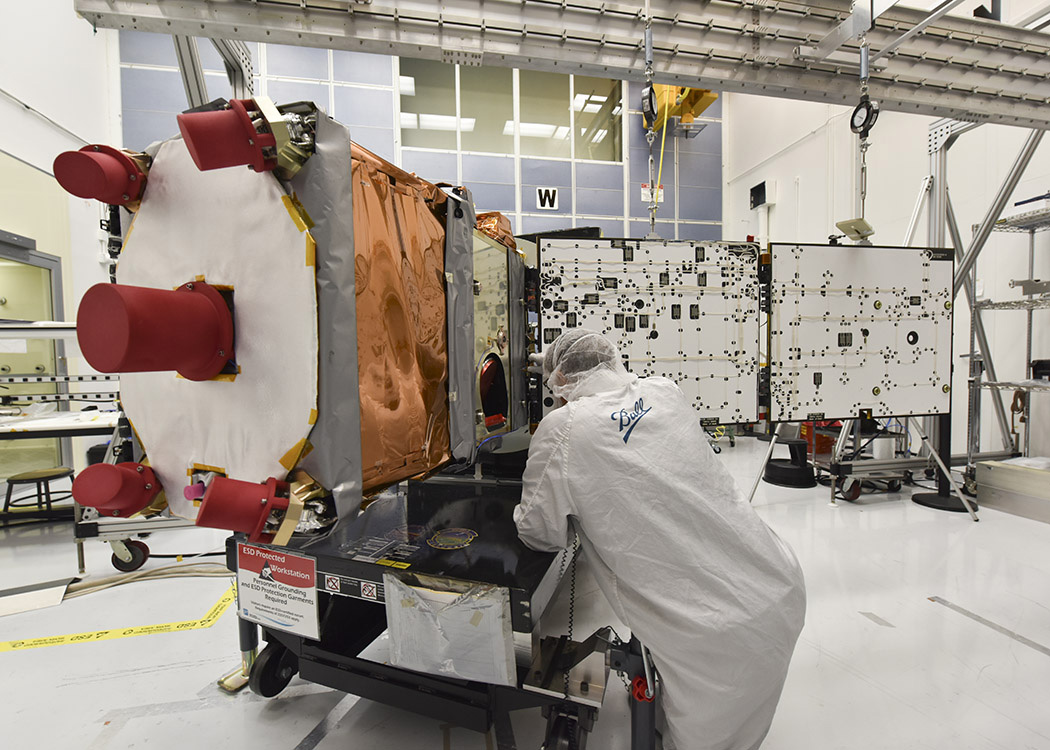
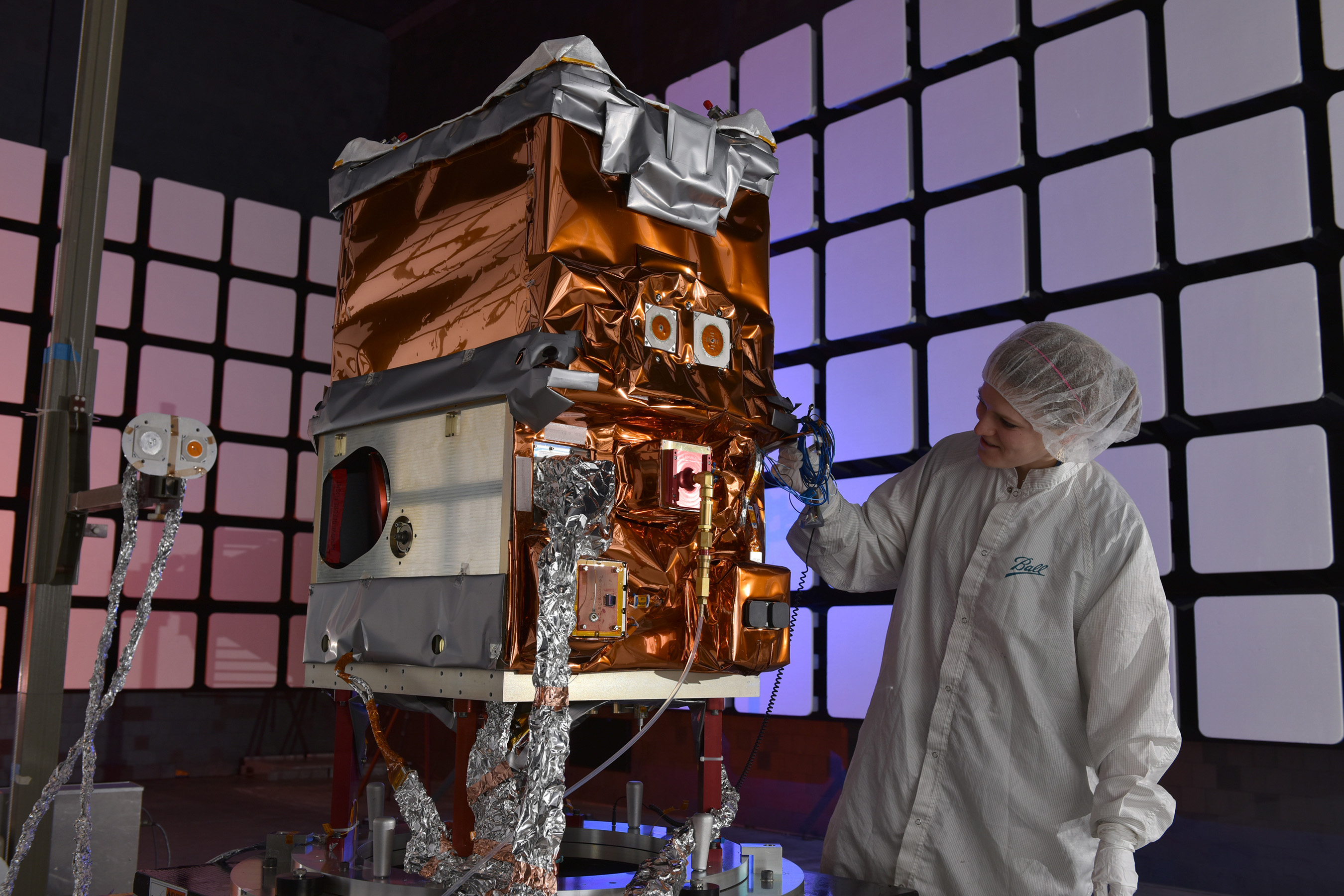
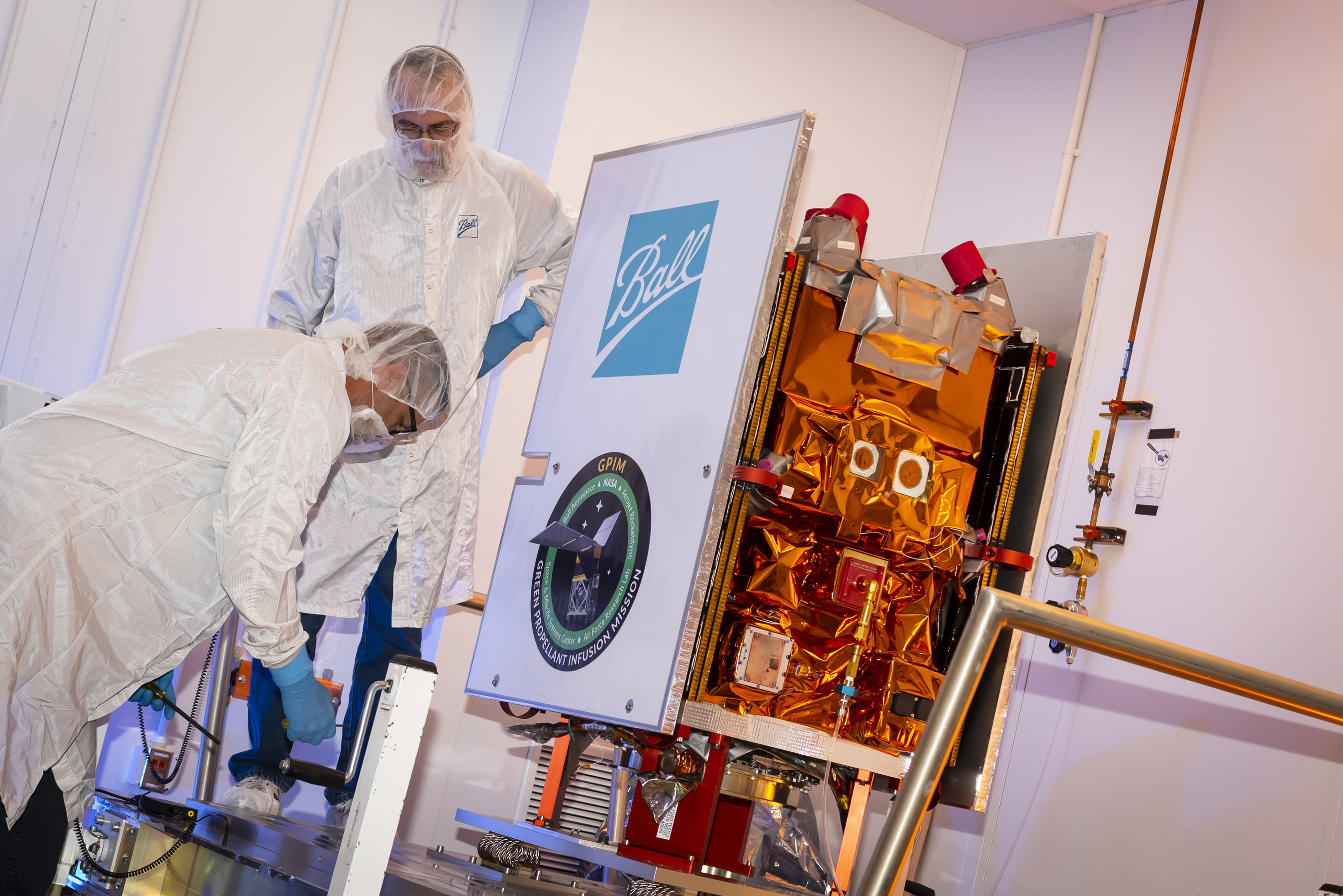
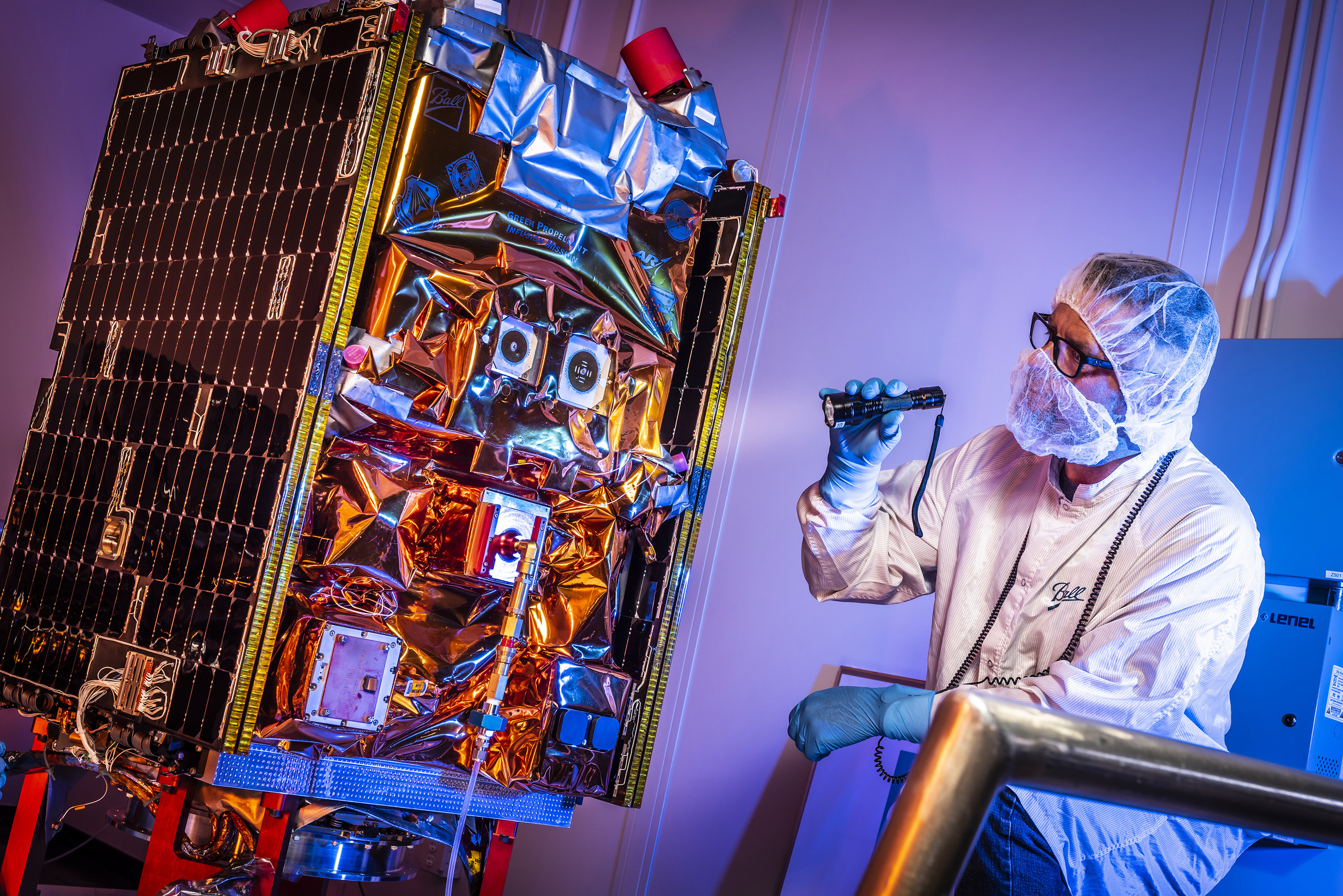
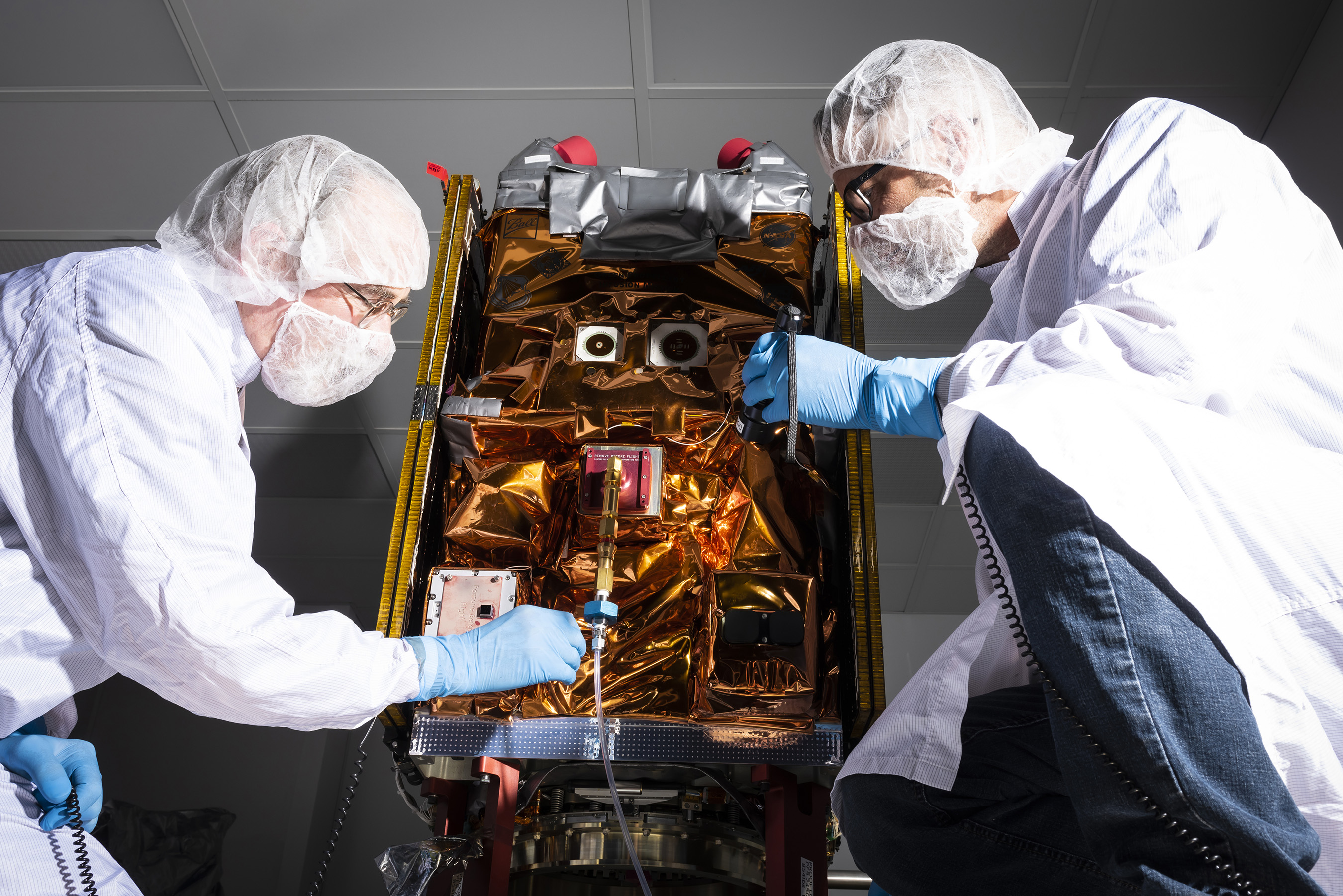

![]() View original content:http://www.prnewswire.com/news-releases/ball-aerospace-small-satellite-for-nasa-arrives-in-florida-for-launch-300853470.html
View original content:http://www.prnewswire.com/news-releases/ball-aerospace-small-satellite-for-nasa-arrives-in-florida-for-launch-300853470.html
SOURCE Ball Aerospace











